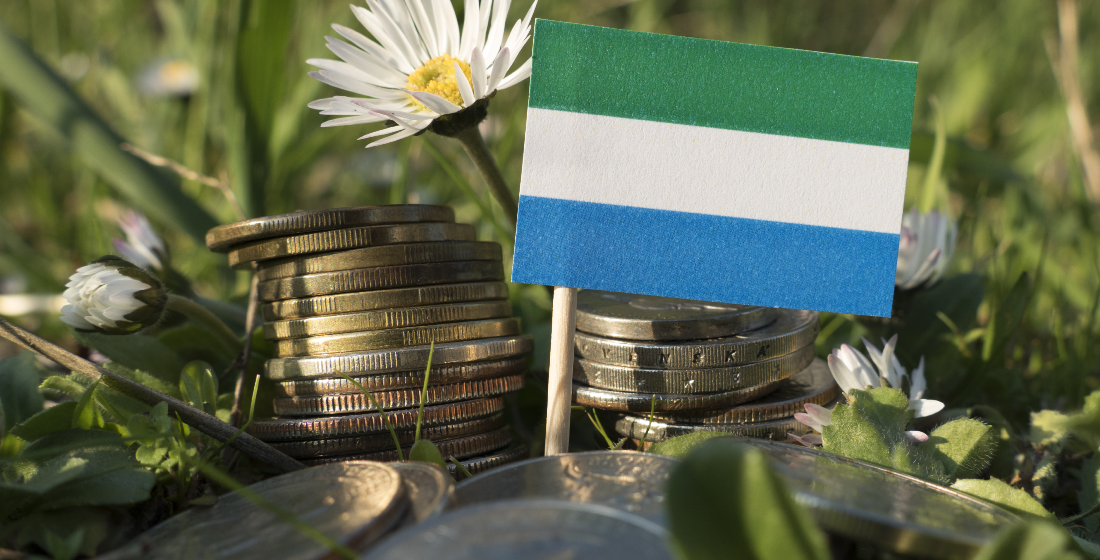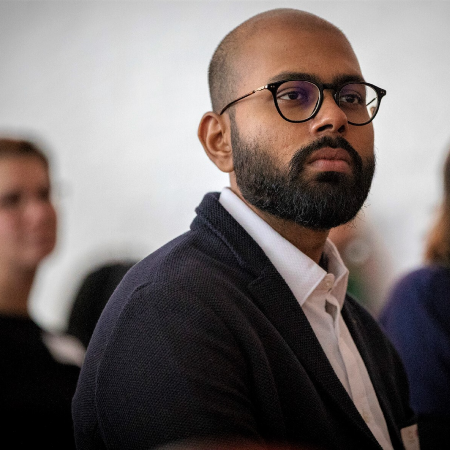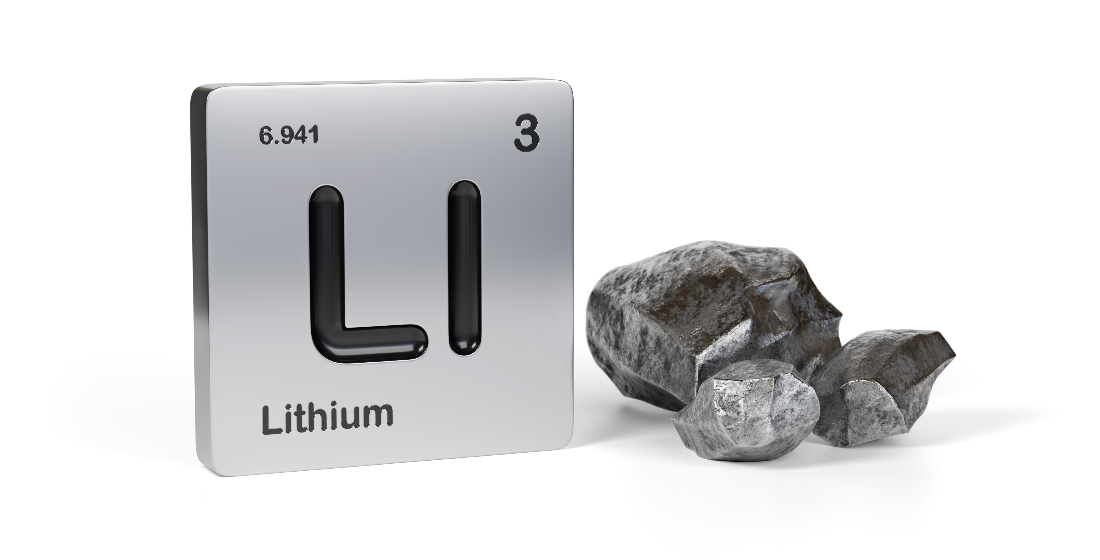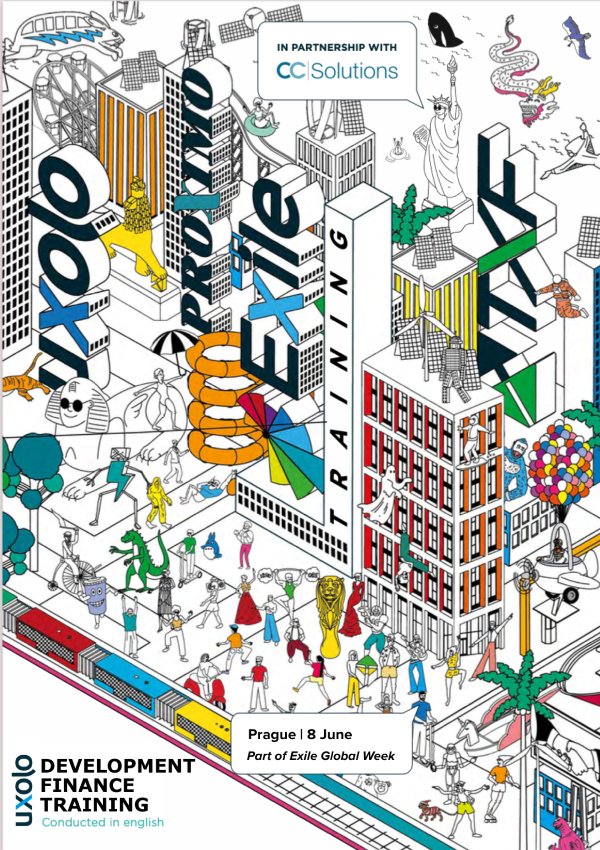Landmark synthetic bond in Sierra Leonean leone
The FMO and TCX-issued bond aims to transfer currency risk from solar energy investments to Western investors.

After issuing synthetic bonds in Myanmar Kyat and Congolese francs in 2021, the Dutch Development Bank, FMO has issued the first-ever synthetic bond in Sierra Leonean leone (SLL) with TCX (The Currency Exchange Fund) providing the Sierra Leone exposure.
The bond, with an equivalent $7.5 million countervalue (around SLL 85 billion), has a term of 36 months. FMO issued the note with support of ING, who placed it with international investors seeking diversification benefits and an attractive yield. The investors bought FMO’s triple-A rated note with a coupon that reflects the risk exposure of the Sierra Leonean market. This combination of AAA credit risk with frontier market risk and return represents an innovative asset class for which there is clear demand from global investors.
The original exposure emanated from renewable energy investments in Sierra Leone. Energy companies receive local currency income and by hedging the loan with TCX, the lender could offer local currency. This prevents the project from exposure to foreign exchange risk. By now ‘selling’ this risk through a local currency bond, TCX reduces its exposure to Sierra Leone risk, allowing the fund to support more loans in leones.
“We help develop capital markets,” says Matthijs Pinxteren, Director of Treasury at FMO. “The bond is bought by offshore investors, and FMO hedges the bond to USD with TCX. Thus, we help TCX to offset risk in SLL when they hedge assets of other DFIs. The bond creates an initial point on the AAA SLL curve.”
How do synthetic bonds work?
Hedging has been TCX’s core business since 2007. By hedging, the fund takes over the FX risk of an investment, while ensuring that the borrower can pay back their loan in fixed local currency amounts, while the lender receives what he lent out in hard currency. Any difference between the locally-currency and hard-currency amounts that emerges after the inception of the deal, through depreciation or appreciation of the local currency, is for risk of TCX.
“We can take this risk because the local interest rate (the interest rate in the frontier market) is usually much higher than the US dollar interest rate. And through the hedge, TCX receives the local currency with a local interest rate and pays USD with the dollar interest rate. The difference between the local interest rate and the dollar interest rate is a kind of buffer for us. When a certain frontier currency, on an annual basis, depreciates more (versus the USD) than this difference, we make a loss on that deal, but when it depreciates less, we gain. Of course, this is a risky business if you only deal with one or a few currencies,” says Jos Kramer, Senior Vice President at TCX. “Therefore, TCX’s main risk mitigant is diversification across currencies and regions, in combination with country and regional limits.”
“So, when TCX’s position in a certain currency rapidly increases, our risk appetite for that currency decreases,” says Kramer. “What you would like then – especially if there is more demand for hedging in this currency – is to be able to decrease this specific exposure, in order to create room for further deals in this currency.”
This is where synthetic frontier-currency bonds come in. When FMO issues a bond in SLL, they receive a certain amount of SLL, in this case SLL 85 billion. Since the bond is a ‘synthetic’ local-currency bond, this means that in reality FMO receives the countervalue in dollars, i.e., USD 7.5 million. However, by issuing this bond, FMO knows it will have to pay its bond holders regular coupons, and, at the end of the tenor, the principal. These payments are in dollars too but are directly linked to the FX rate of the SLL, i.e., they depend on the trajectory of the SLL versus the USD.
“The next step is that FMO hedges the payment obligations to these SLL bond holders with TCX,” says Kramer. “And when you make sure that this synthetic SLL bond is mimicking the underlying renewable energy project in terms of amount, tenor and coupon frequency, you can basically strike through both the long and the short SLL position in TCX’s book, as they cancel each other out. Ergo, the net SLL exposure goes down and therefore, TCX is ready and available to onboard more SLL risk, i.e., hedge more loans to Sierra Leone.”
Creating scale
However, can these synthetic local-currency bonds be applied on a much larger scale, since USD 7.5 million is not going to solve the local currency borrowing problem? “Yes, that is the goal,” says Kramer. "By hedging this SLL bond issued by FMO, we are freeing up capital and thus creating space to hedge other projects in Sierra Leone and take away currency risk from both international lenders and local borrowers. However, we are not entirely in the driving seat here, because we ourselves do not give out loans; we hedge loans from our investors and shareholders. Furthermore, there should also be enough investor appetite for such bonds.”
“There are only limited prices available in the capital market in Sierra Leone, both in USD and in local currency,” says Pinxteren. “If any prices are short term, now there is a benchmark. This can catalyse lending in SLL.”
The tenor of 36 months matches the length of the underlying renewable energy project that was hedged by TCX earlier. Pinxteren notes that for the SLL market this is a fairly long tenure. “Of course, if we onboard longer projects, like infrastructure projects, which usually have longer tenors, we can also support longer bonds. This could be attractive to international investors and would also be a good signal to banks and other financial institutions on the ground that longer-tenor bonds are possible," adds Kramer.
Sierra Leone is amongst the world’s poorest countries, ranking 180th out of 187 in the Human Development Index. The bond issue also aims at reminding financial institutions that SDGs ought to be financed in local currency. “If not, we will create debt crises that delay the transition to a green economy. Just look at Africa’s debt fragility today,” says Ruurd Brouwer, CEO of TCX. "With this issue, FMO shows that there is a way to transfer foreign exchange risk from borrowers that cannot and should not bear it, to investors that are looking for the risk and return of frontier currency debt. It also allows Sierra Leonean investors to invest in their future in a financially sustainable way.”
Huib-Jan de Ruijter, Chief Investment Officer of FMO adds that foreign exchange rate volatility is frequently one of the greatest risks to the viability of local projects in countries with very thin or non-existent currency markets. “Mobilizing international investors into these markets is an important tool to reduce the reliance of local borrowers on the dollar,” says de Ruijter.





